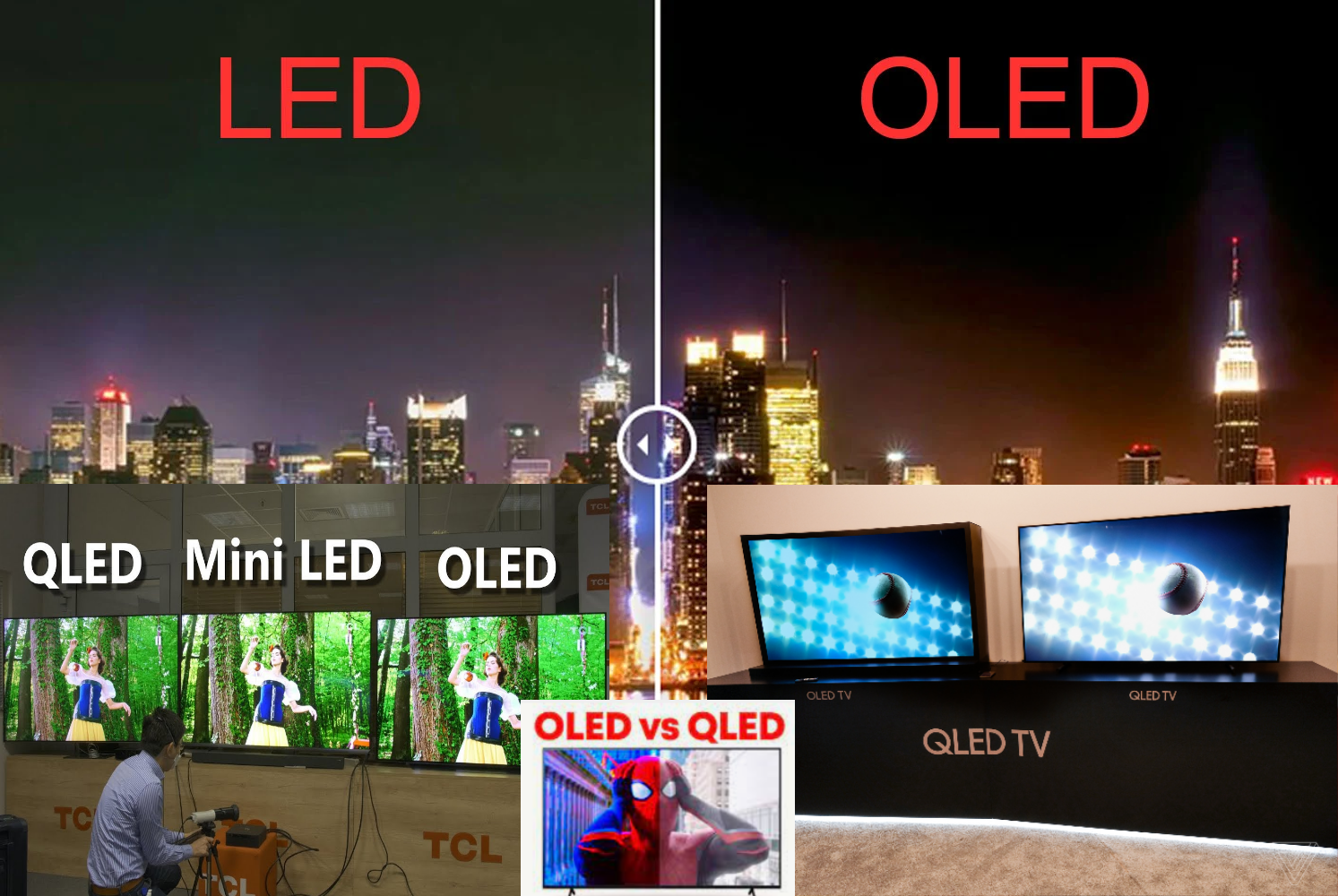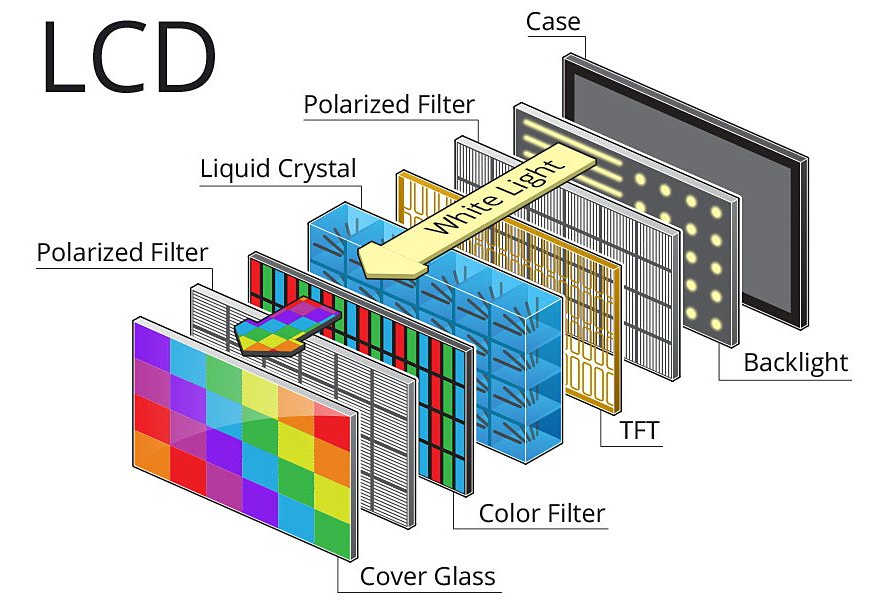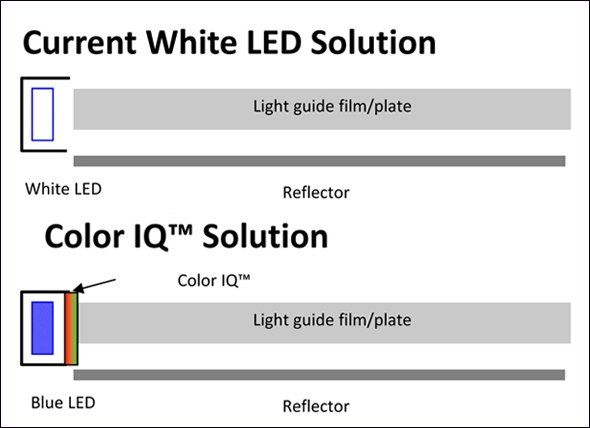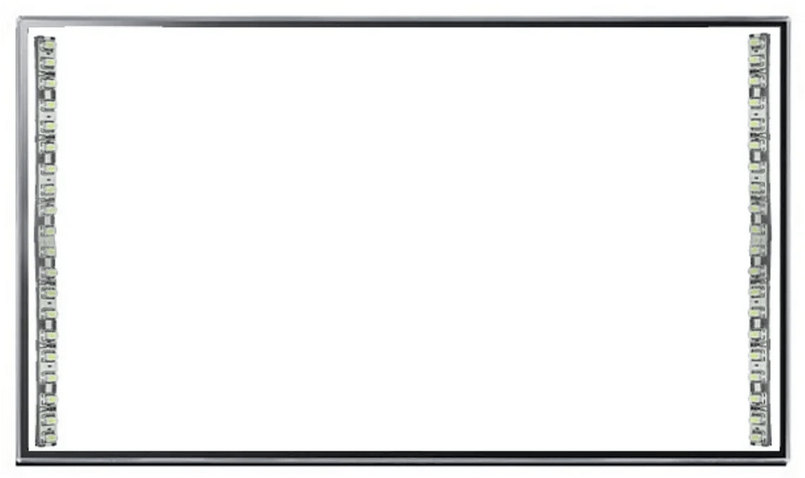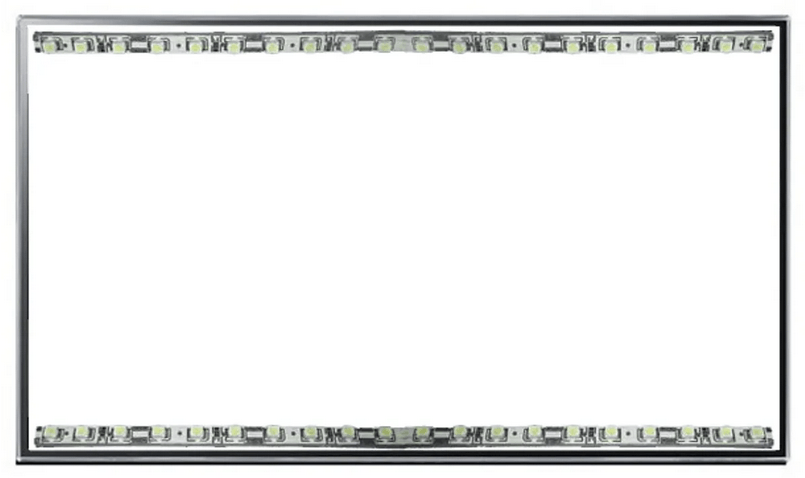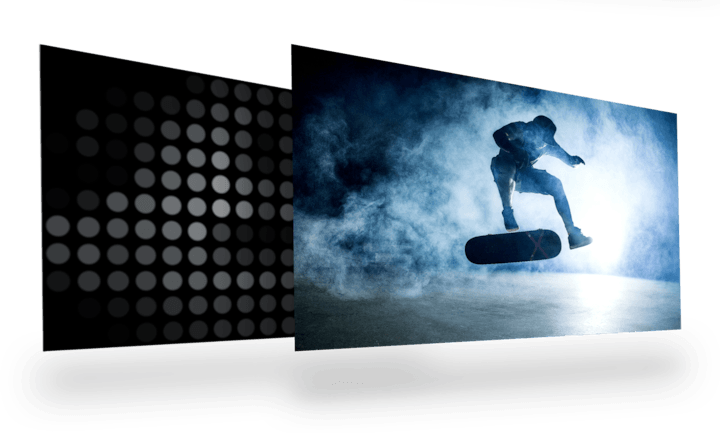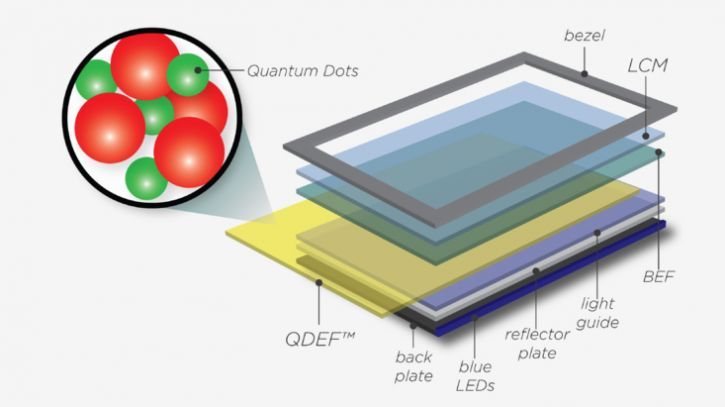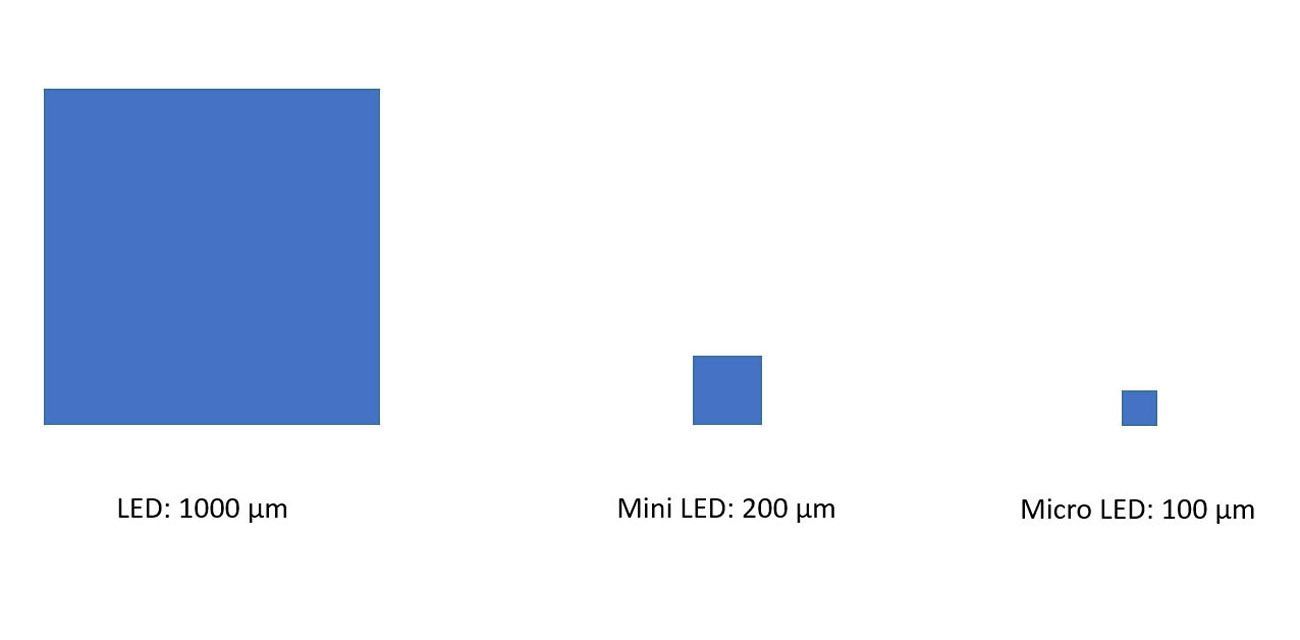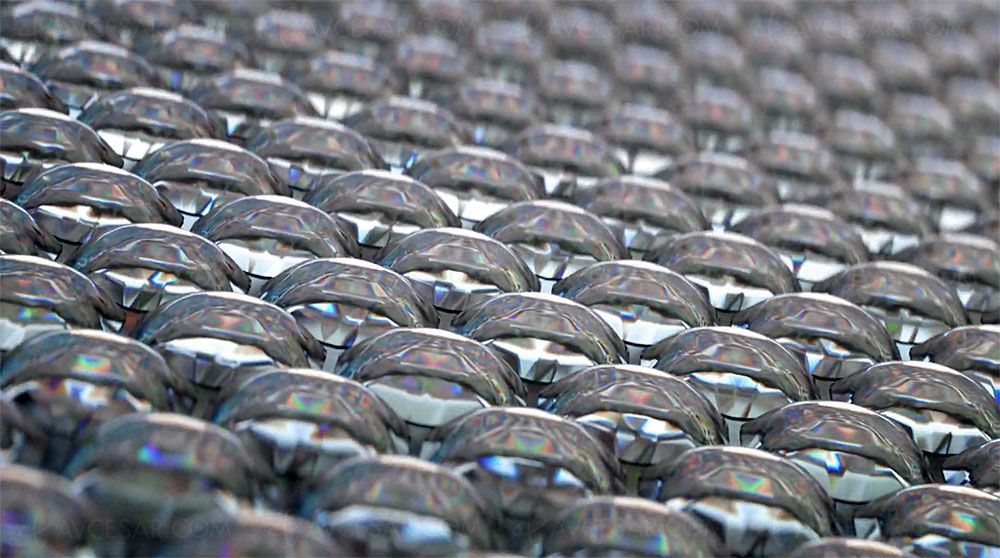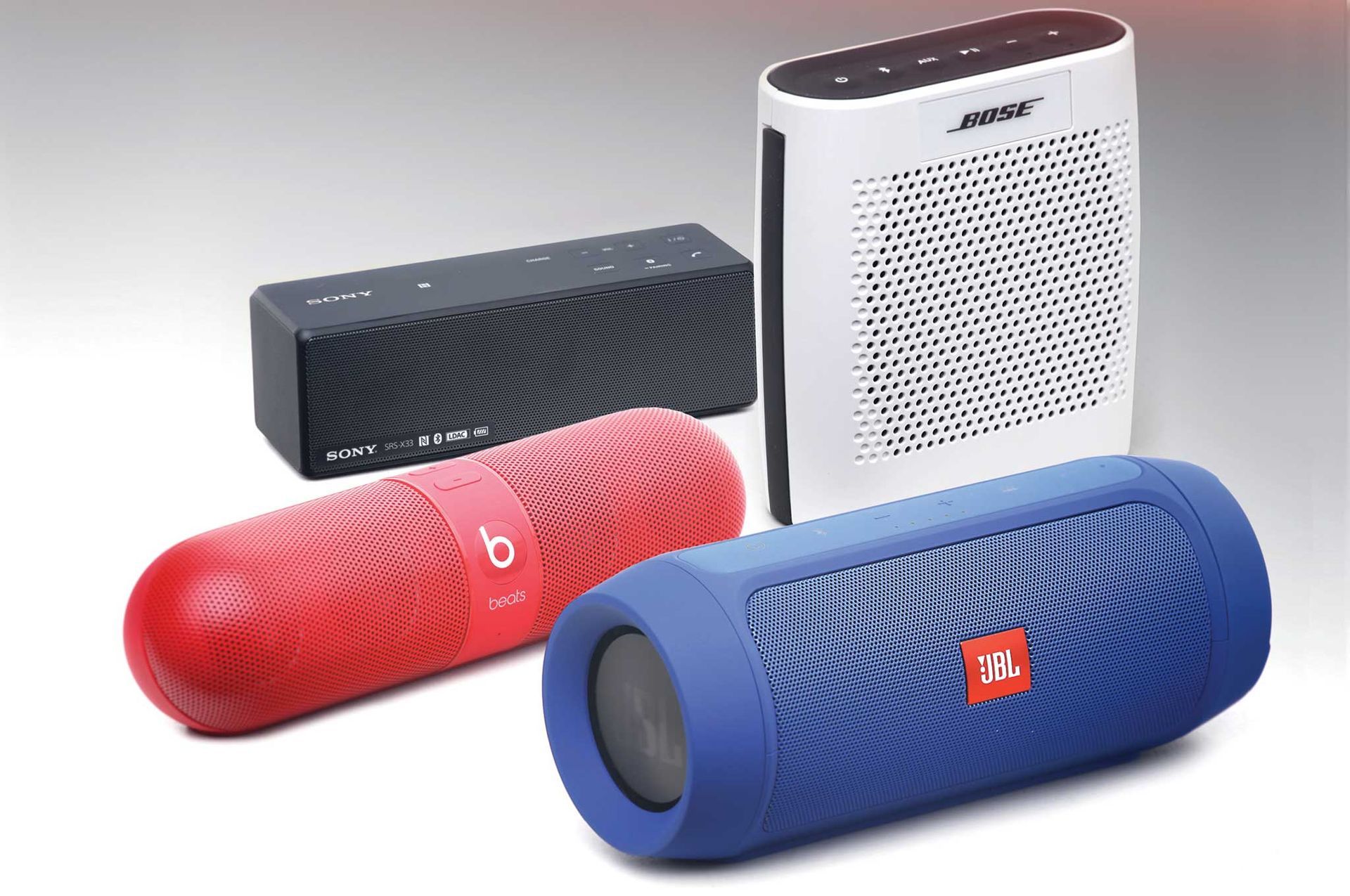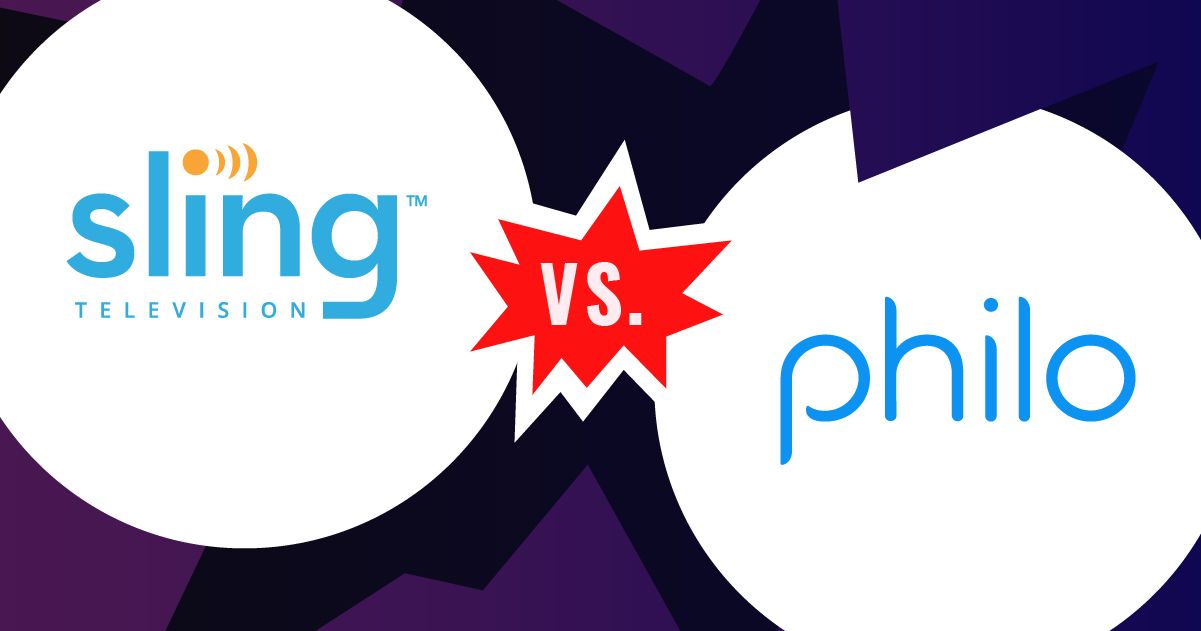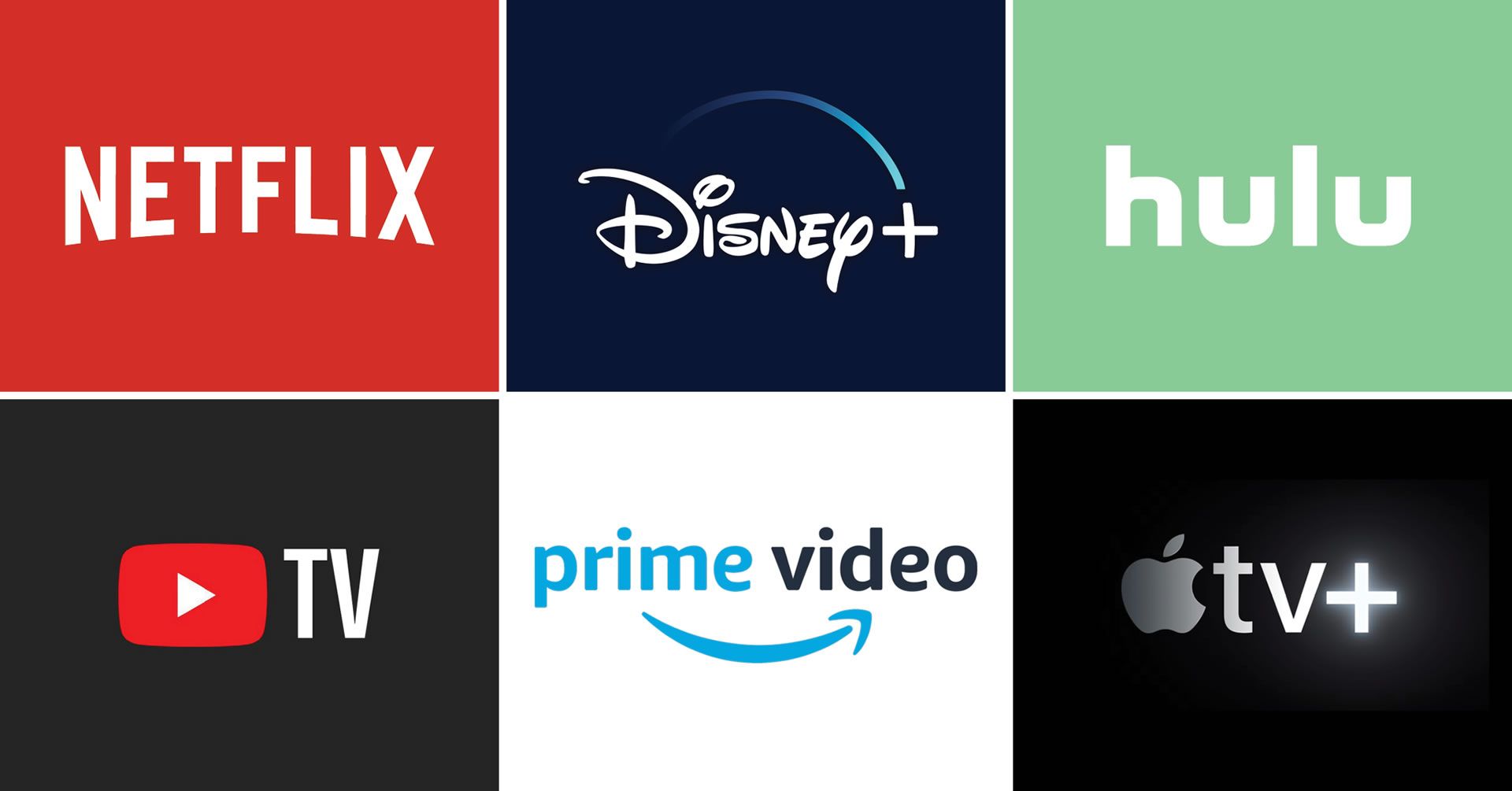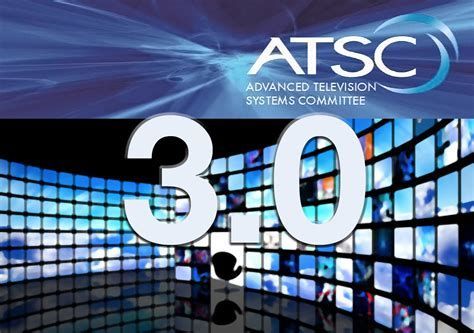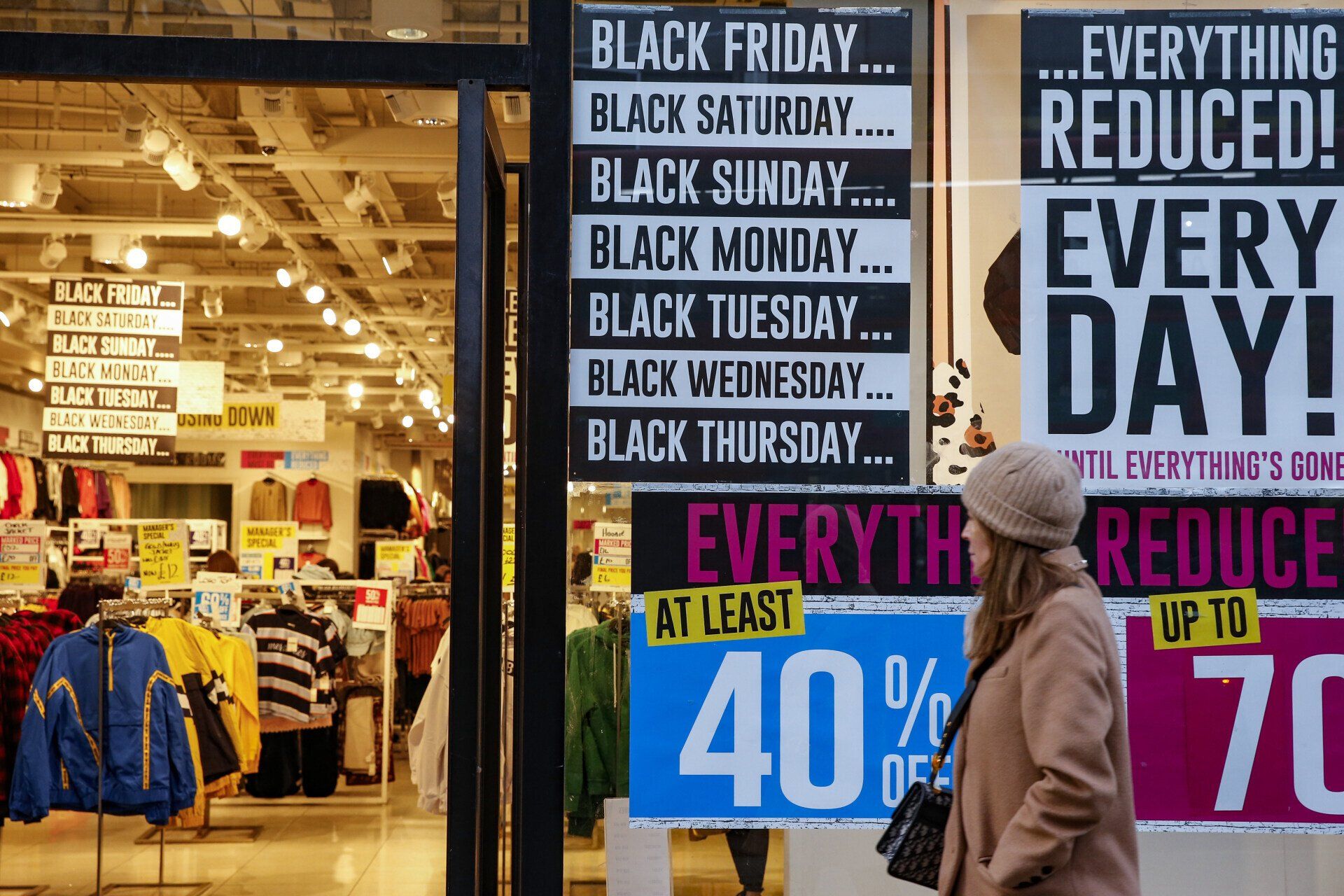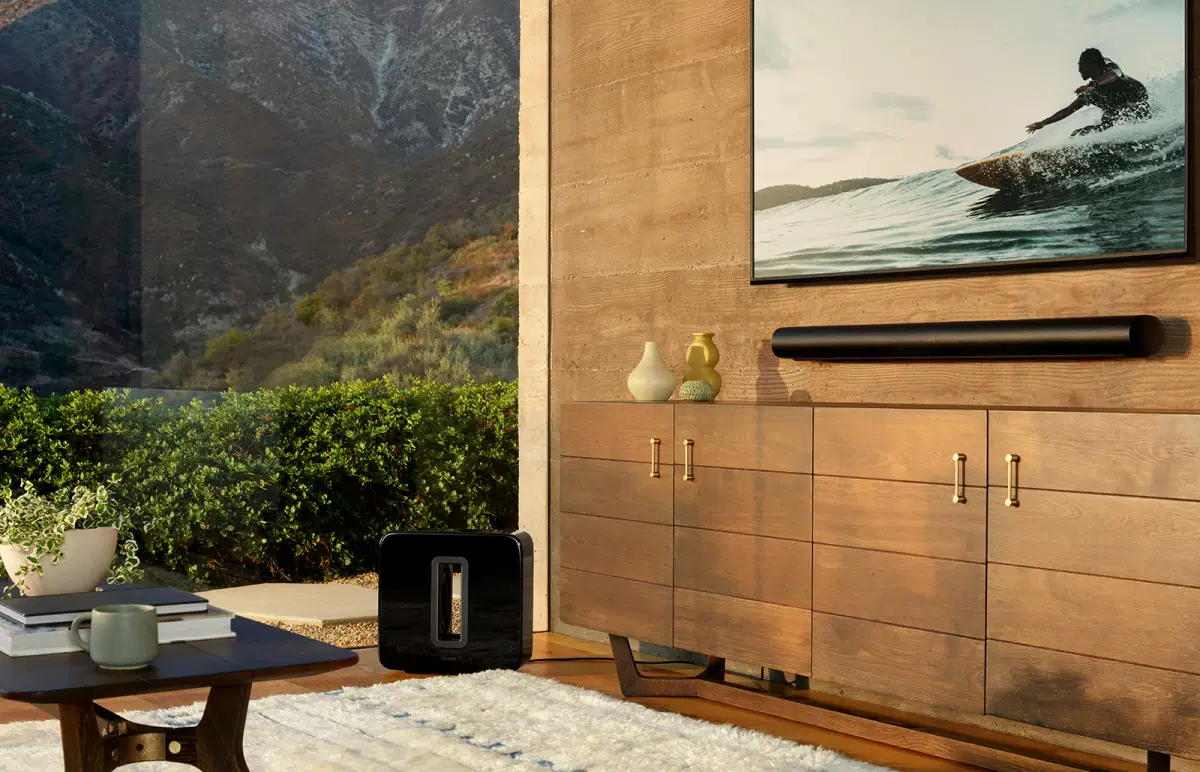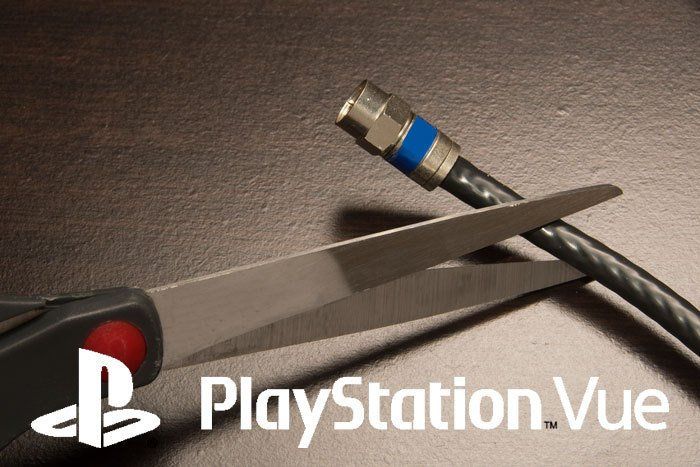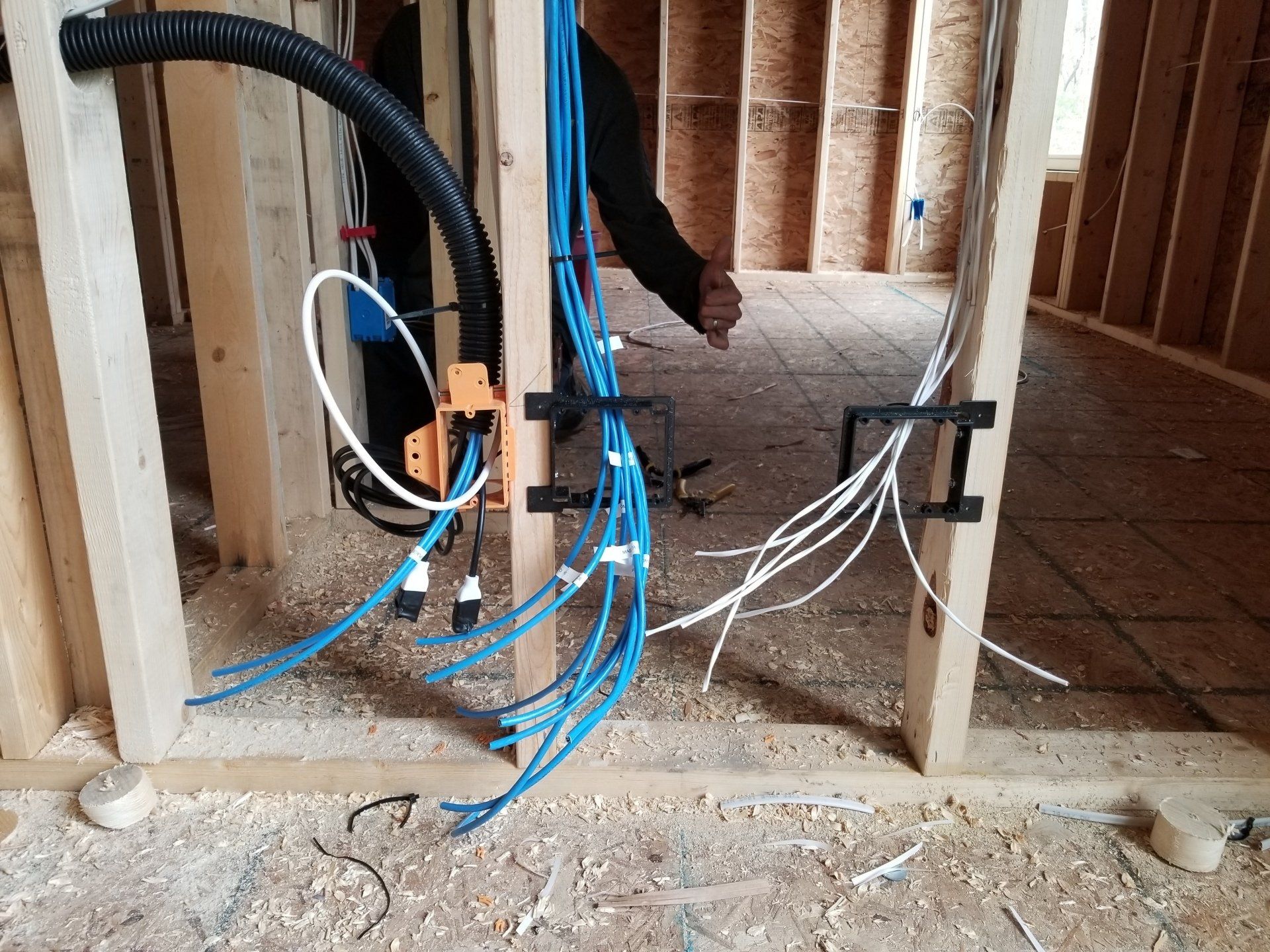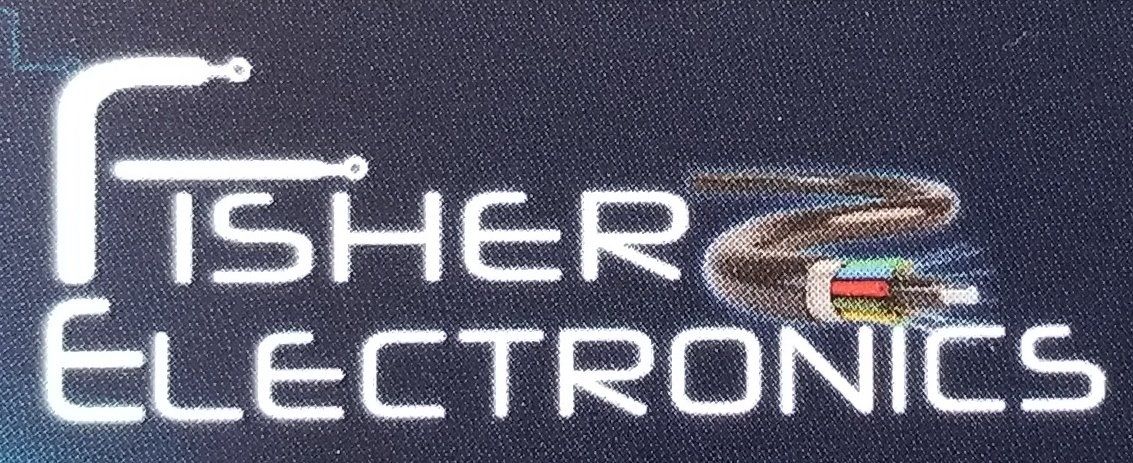Are you looking for a TV but getting confused on all these names and types? You're not alone. Types like LED, QLED, Neo QLED, Mini LED, & OLED. Searching the internet finds OLED Vs QLED, LED vs QLED, Mini LED Vs OLED, and on and on.
Buying a TV today can be as simple as choosing a TV size, finding the best reviewed TV and ordering it. But did you know that for most TV sizes 55" and larger, there are generally four to six or more models and screen types to choose from?
If you start to research it you realize maybe I better know what I am buying. When clients come into our sales floor, we start by discussing screen size, & viewing habits like movies, TV shows, gaming, or sports.
When I mention screen types like OLED or Mini LED, or QLED understandably they sometimes are not aware of these types of TV's. These words are referring to the display type or screen of your TV. There are generally five types of displays with different versions of these dispays in TVs. These are as follows:
LED
QLED
Neo QLED
Mini LED
W-OLED or White OLED
MLA 0r META OLED
QD-OLED or Quantum Dot OLED
This is partly why you can buy a 65" TV for $600 and another 65" TV for $3,000 or more. Display type, picture quality, and general reliability (as in how long will this TV last me) are some of the main factors that determine the cost of the TV.
Understandably some consumers do not know of all these types, the differences, and the drastic cost difference between TVs of the same size. But we could do another entire blog on differences in the cost of TVs. For this we will stick to the display types of TVs.
Edge Lit & Full Array LED
So we are now aware of LED, but where the LEDs are placed in the TV makes a difference. With edge lit LED the LEDs are placed either on the top and bottom, left and right, or both top and bottom and left and right. This is based on the cost of the TV.
You may hear the term local dimming. This is referring to dimming the LEDs in a small local area instead of all the LEDs on the TV. This is used for scenes such as sunrises and sunsets, or a dark night with only the moon in the sky. The moon needs to be seen, but everything around the moon is black....or at least it should be.
